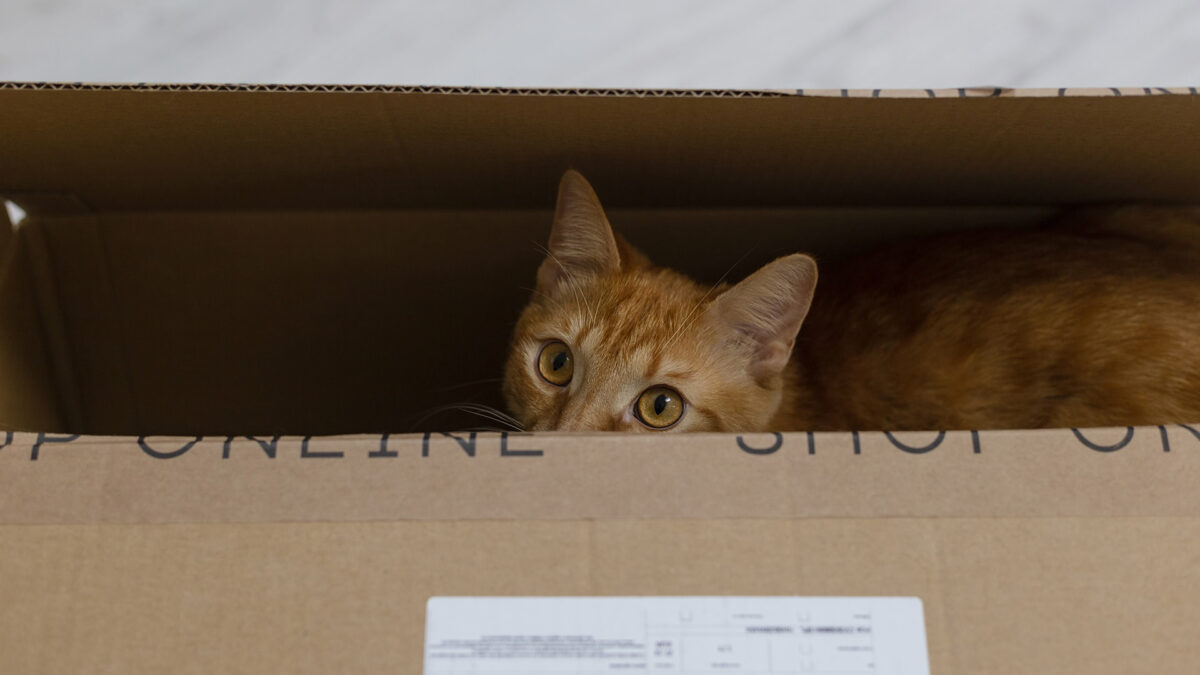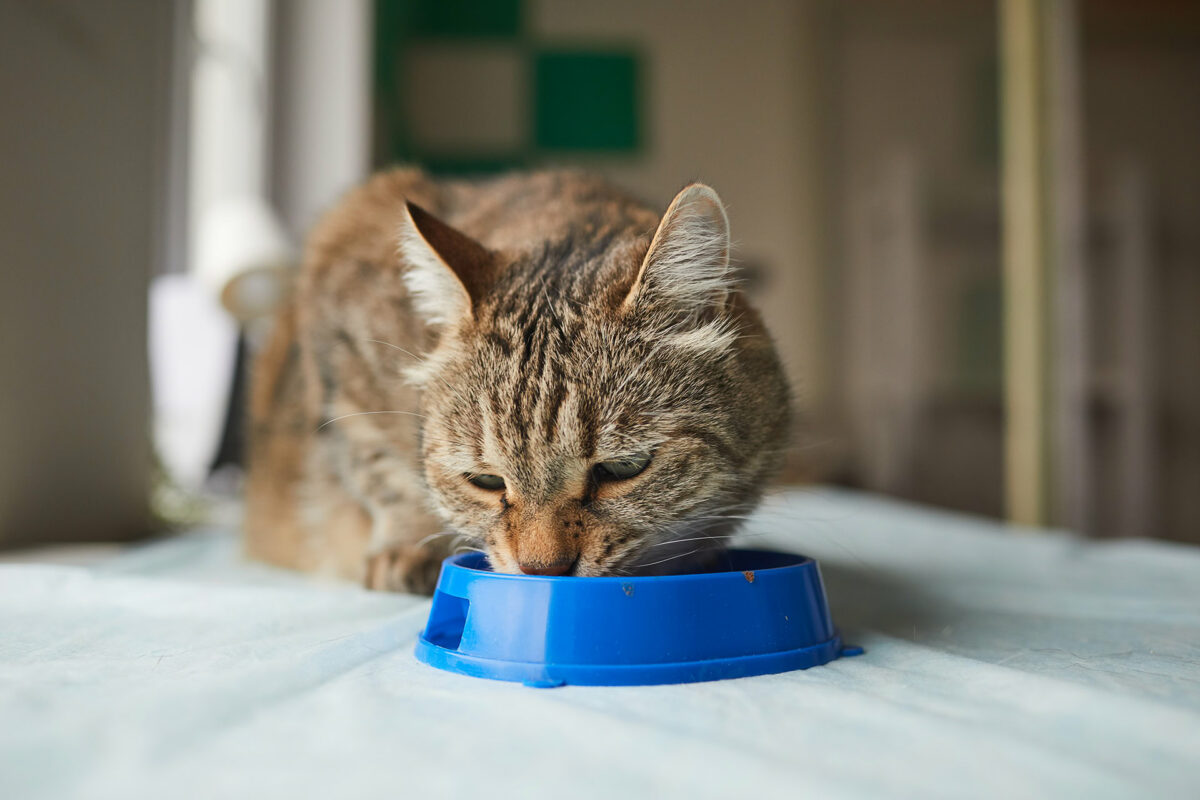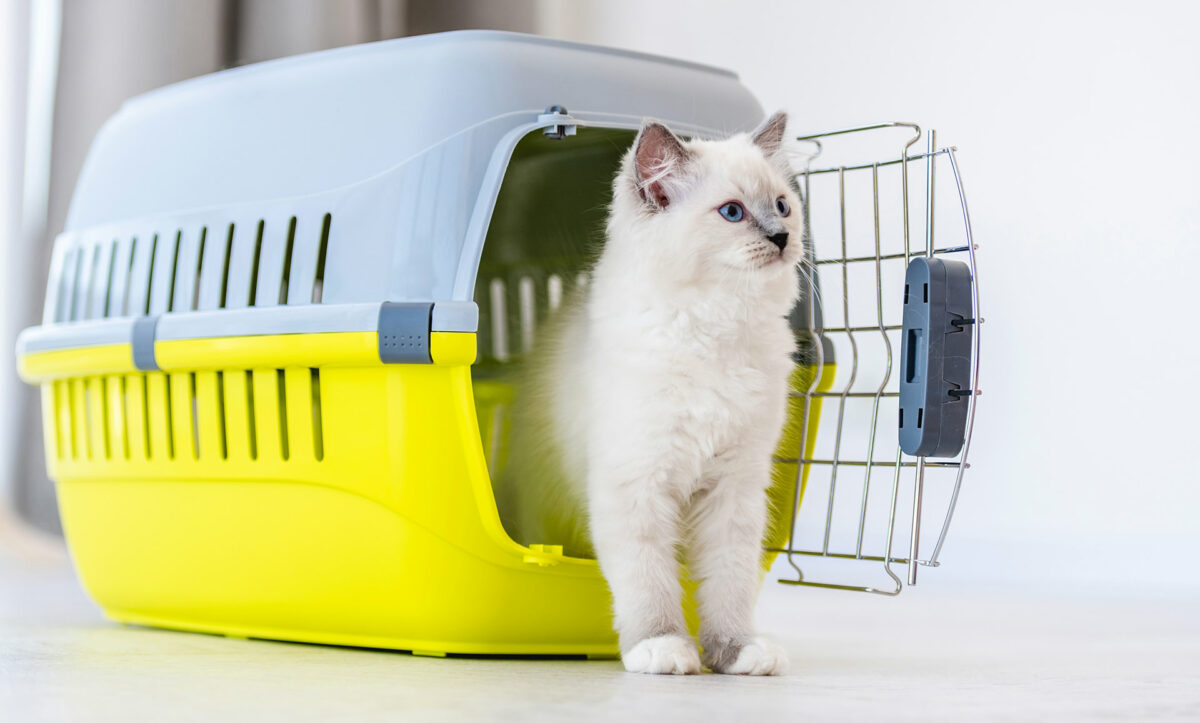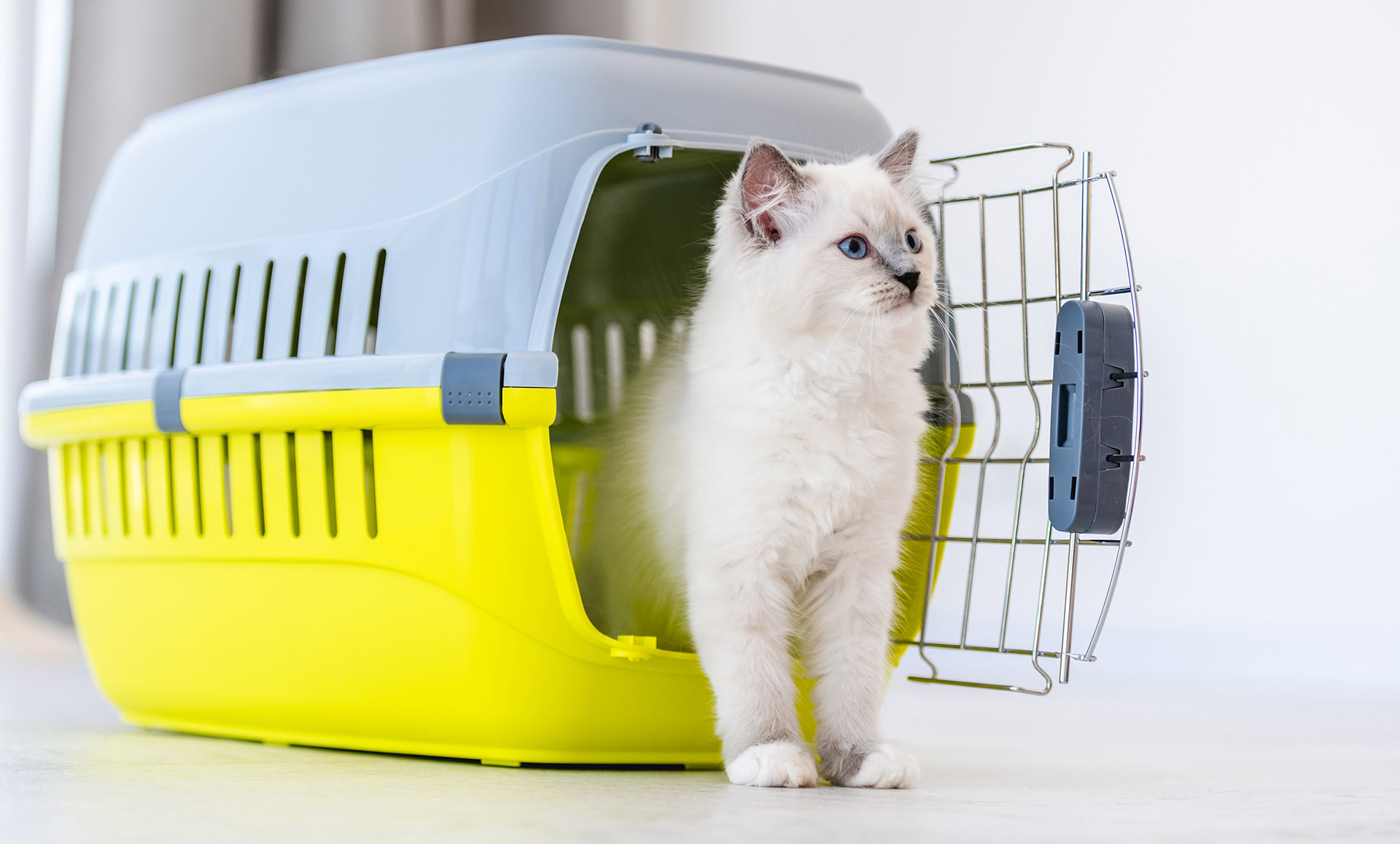Moving long distance with cats can be a challenging and unpredictable process. Cats are sensitive creatures that require care, attention, and comfort. Generally, cats do not enjoy moving, as it can trigger fear and aggression. Although moving represents a significant change for them, you can reduce the stress your pet experiences throughout the move until they reach the destination. In this article, we’ll discuss key points to help you and your cat manage long distance moving successfully.
If you have other pets, learn more about moving with pets.
Long distance moving with cats

Tips for moving long distance with cats
Preparing for moving cats to a new home
Preparing your cat for a long distance move is not an easy task. Invest in a high-quality carrier that is both comfortable and secure. Before the move, help your cat get used to the carrier by placing toys and treats inside to create positive associations. Allow your cat to explore and stay in the carrier as much as possible before the move.
Visit the veterinarian
Before the journey, it’s crucial to ensure your cat is healthy. Visit the veterinarian for a check-up. Confirm that your cat has all necessary vaccinations and documentation. Inform your vet about the long-distance move with your cat and listen carefully to their advice on how to handle the process.

Updating Information
If your cat has a microchip, it is important to update the information about its new location in the database. This can be done through the company that provided the microchip. Additionally, when moving, you may need to update your cat’s insurance information. Notify your insurance company of the address change and check if any policy updates or additional conditions are required due to the move.
Pack essentials for moving with your cat
Instead of just packing your cat into the carrier, make sure they have everything needed for the trip. Provide fresh water, food, and a comfortable space.
When preparing for the move, pack a separate bag with the following essential items for your cat:
- favorite toys
- treats
- medications
- non-spill water bowl and food bowl
- blankets with a familiar scent
- harness and leash
- travel or disposable litter box
- waste bags
- extra litter (in resealable bags)
On Moving Day with Your Cat
Feed your cat before the Trip
It’s advisable to feed your cat at least four hours before the trip. This allows your cat to digest the food properly and helps avoid motion sickness or an upset stomach during the journey. Ensure your cat has enough food to prevent hunger along the way.

Transportation
Limit your cat’s freedom during the move. It’s unsafe to let your cat roam freely in the car. Keep your cat in the carrier, secured with a seatbelt. Remember, cats prefer quiet and dislike loud noises. Keep the radio at a low volume or turn it off if necessary.
Create a calm environment for your cat. If you notice your cat becoming anxious or stressed, consider covering the carrier with a light blanket or using anxiety-reducing medications. To help your cat stay calm during a long distance move, use calming aids such as:
- сalming sprays containing pheromones
- calming collar
- calming supplements available in the form of treats, tablets, or powders.
Breaks
Make periodic stops to check on your cat and offer water. Depending on the length of the trip, you might need to find overnight accommodations. Research pet-friendly hotels and book in advance.

Adjusting to the New Home
Once you arrive at the new home, prepare a safe room for your cat, let them out of the carrier, and keep them in this room for the first few days. Provide food, water, and a litter box. After moving long distance your cat might feel anxious. Keep the room door closed until you see that your cat is settling in comfortably. During these days, you can unpack your belongings, knowing that your cat won’t slip out of the house. Letting your cat out after moving house should be done when you are home and able to supervise their movements.
Remember, the process of helping your cat adjust to a new home may take longer than expected. Be patient and calm.
Good luck with moving with your cat!
Learn more:
